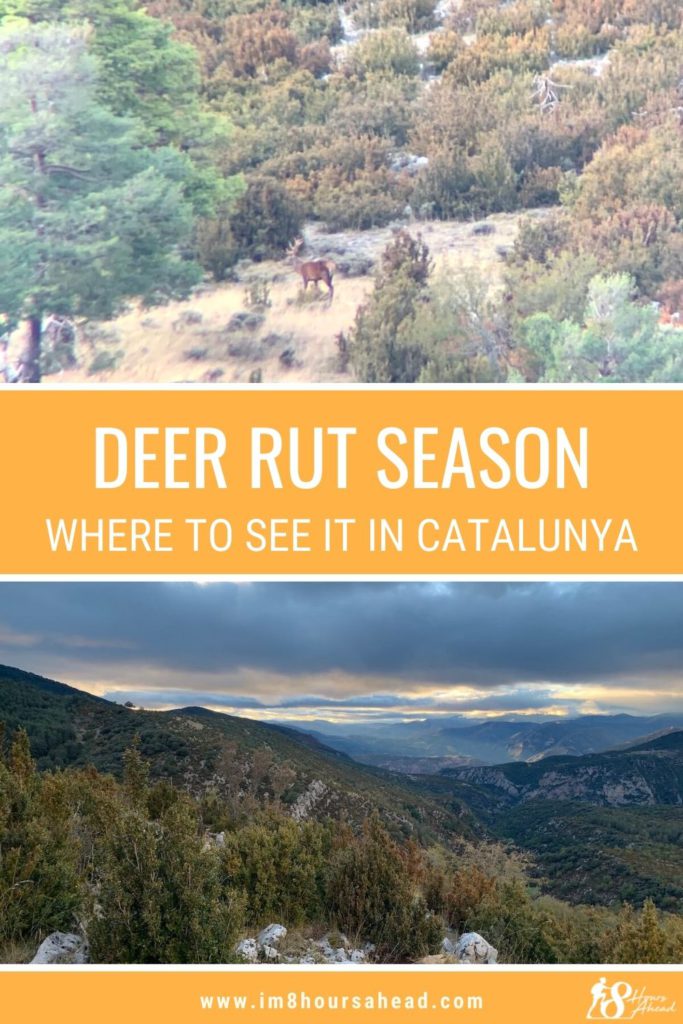There are many stunning wildlife experiences in Europe, and one that is commonly overlooked is the deer rutting season, otherwise called the deer mating season.
The beautiful mating calls of the stags will certainly draw your attention in the forests of Catalunya – yet many people don’t know where to go to enjoy this unique experience.
In today’s article, we will dive deep into the best place to go to see and hear the deers mating and at what time of year this takes place. It is one of the best animal spectacles you’ll find in the area – and it won’t definitely leave you feeling indifferent!
Let’s plan your ideal weekend away and get you ready to experience this wonderful wildlife eco-experience in Catalunya.

Table of Contents
What is the deer calling or rut
It is on arrival of the ‘zeal period’ for deer which happens once a year and during which stag males start competing with other males for territory and the right to reproduce with the females.
They use different strategies like making dents on trees with their horns, peeing on to mark their territory and fighting with the other males. But the most noticeable of their zeal tactics is to call or ‘roar’.
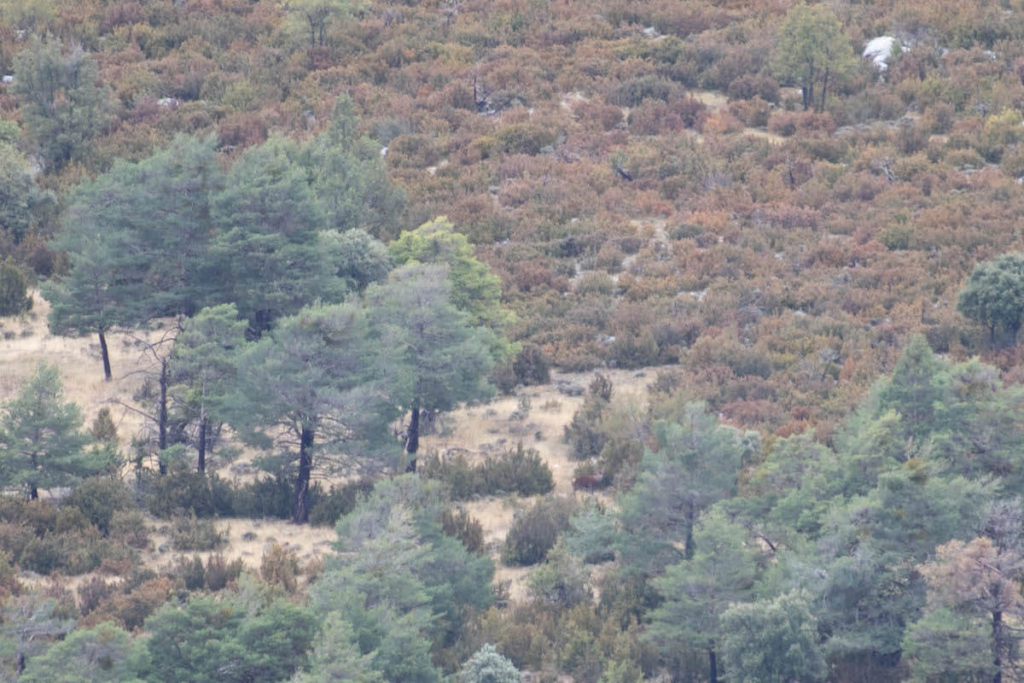
They call from sunrise to around 11 am and start again at around 5 pm until dark. Does that remind you of the safari schedules in Africa, I bet so!
Their very loud calling is one of the tactics to attract females. Being in certain areas of the mountains while this phenomenon happens will give you the audio show of a lifetime! Their roar can be heard from far, many kilometres away.
What’s also special is that the stags are so focused on their roaring that fear for humans is relegated to a secondary position, allowing humans to get much closer to them than normal although not as close as a safari in Africa, you still need ground telescopes to see them, as they are not habituated.
With the idea of encouraging the population to come and see this roar, rangers will be positioned at different points on the mountains in Catalunya with binoculars and ground telescopes to assist spectators with tools and information on the deers.
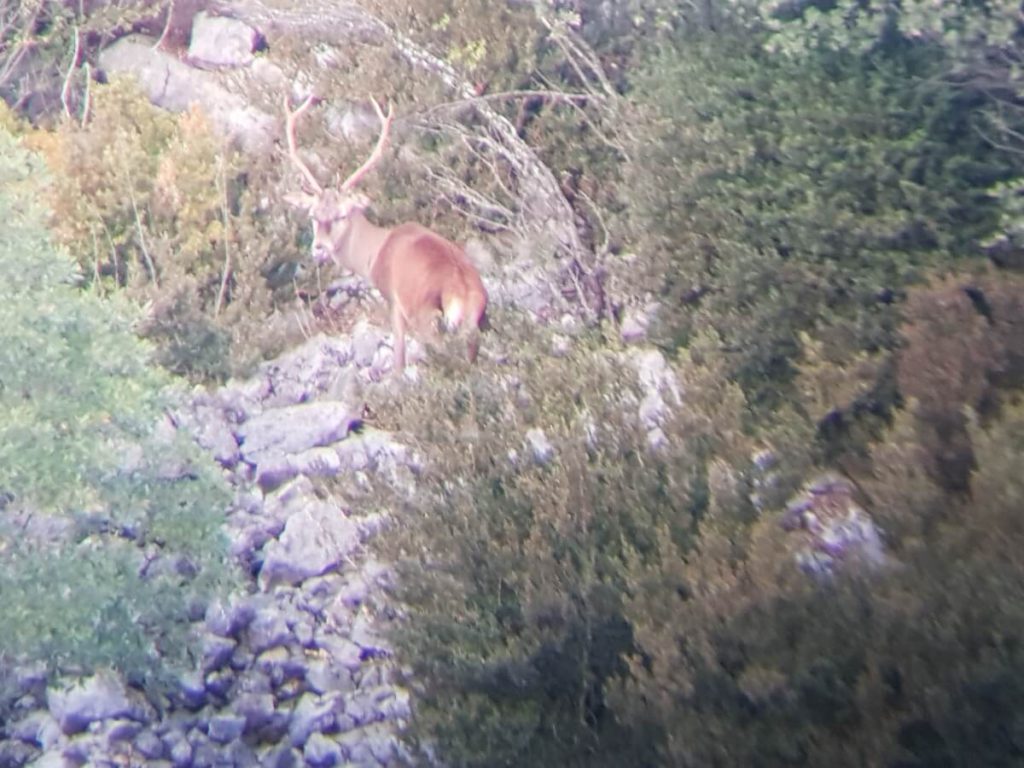
How to organize the weekend around the deer calling
The roar or rut is the period when stags are most vocal, lasting about a month, from mid-September to mid-October. The middle two weeks are the loudest and hence the best weekends to experience the rut.
You can decide to go on your own or hire one of the accredited guides. As it was our first time we chose to hire one to have a personalized experience and learn as much as we could. On top of that, accredited guides have access to areas of the park not open to the public, so your chances of seeing stags from closer up are better.

We spent our mornings and sunsets next to one of the authorized viewpoints having the chance to speak with the ranger there who was fantastic.
This year (our second year) we will go on our own, still spending some time with the rangers to learn or revisit some concepts. They also have ground telescopes and binoculars that one can borrow and can help you focus in the right direction.
You definitely need a ground telescope for the observation or a very long (+400mm) zoom lens on a tripod.
What to bring to deer mating
In Catalunya, all the areas where deer live are around 2000m above sea level. You definitely need layers and layers of good clothing (we had these and were still really cold – so prepare yourself!). Temperatures were around 2ºC and as you will be standing for most of the day, listening and watching, it gets really cold, really fast!
- Thermic long-sleeved t-shirt
- Merino jumpers
- Scarf
- Ski coat
- Beanie
- Gloves
- Thermic leggings and pants on top
- Winter socks
- Hiking boots
- Camera with a zoom lens of at least 400mm (I had my 70-300mm and animals were too far away for any decent photos to be used)

The average day of deer mating calls
Here’s how you are going to spend your day or weekend hearing the deers roar.
- 5 am: early wake up and drive to your observation point (Some are 2 hours away)
- 6 am – 11 am: listen and watch the rut
- 11am – 2pm: go back to Refugi de Cuberes (if in Boumort) for a hot meal and to warm up
- 2 pm – 4 pm: if you have a private guide you can go on a hike to different areas not open to the public. Be respectful with the rules and don’t try to hike on your own as you could be disturbing the animals
- 4 pm – 7 pm or later: see and listen to the deers again

Best spots to see it in Catalunya
Reserva de Boumort
The game reserve with the most deer in all Catalunya makes it a premier location for the rut. You will need a 4×4 to drive to the observation point, next to Refugi de Cuberes (a mountain hut with a basic restaurant). From Pobla de Segur (closest town) to Refugi de Cuberes it took about 2h to drive.

This game reserve is also special as it is one of the only places in Europe where all four types of vultures on the continent reproduce.
Every year around August or the beginning of September, a pdf is produced named “InfoBrama2021” (Here’s the 2020 edition). It shares the information in Boumort game reserve: observation points, self-driving routes and deer information.
If you would like more information or updated information before the InfoBrama pdf is released, get in touch directly at +34 973 654 716 or rncboumort@gencat.cat.
Having a guide here means you can get access to areas that aren’t open to the general public, as they’ve implemented strategies to make sure that the animals aren’t disturbed and that humans are only in designated areas.
As we had a private guide we were able to go on a 2h hike to the highest point where there was no calling but we got to see deer crossing the path – and we even got some snow!
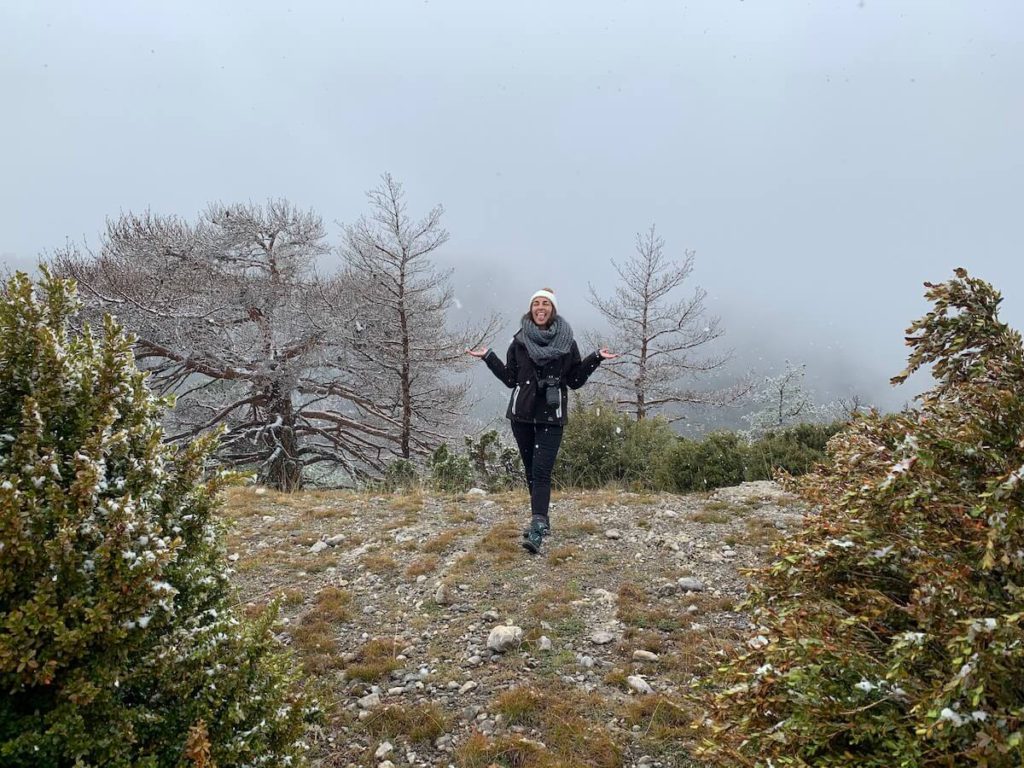
Some of the accredited guides available in the area are: Pirineu Emoció, MónNatura Pirineus, Serra Boumort, Amaroq Explorers, Outdoor Adventour, Rutes 4×4 Ignasi o Salvatgines.
We booked with Ramon from Amaroq Explorers and loved the day we spent there!
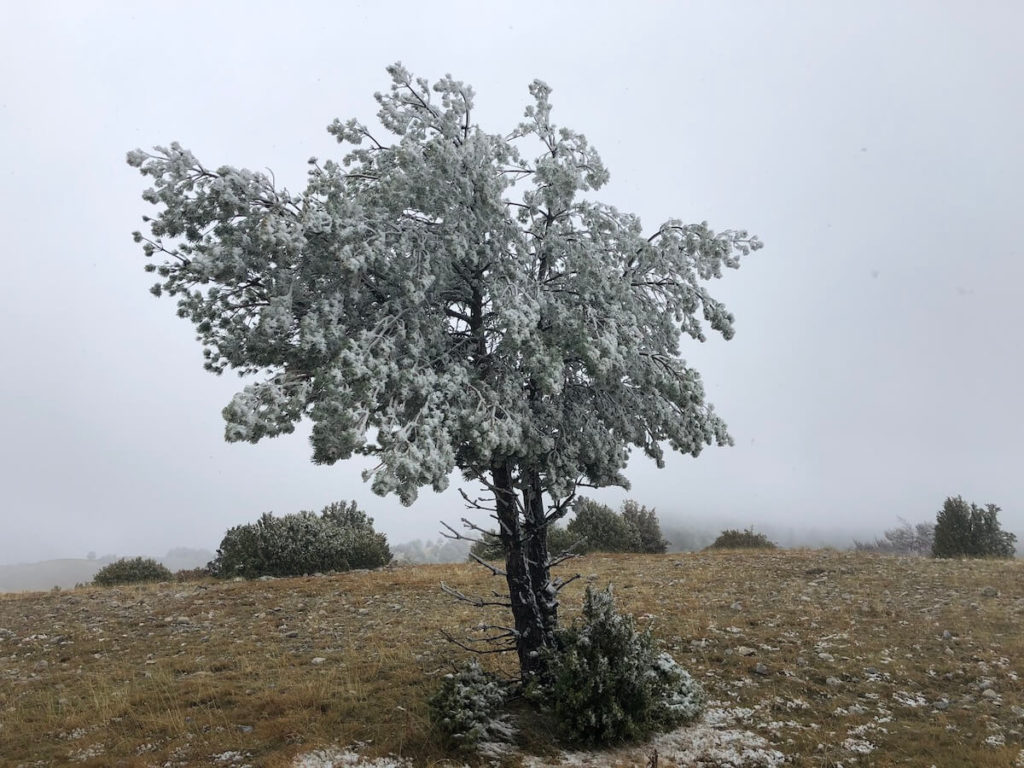
Where to sleep: Boutique hotel Casa Boumort in Sant Martí de Canals.
Parc de l’Alt Pirineu i Reserva de l’Alt Pallars
In this reserve, there are three observation points with rangers. One is next to the village of Gavàs, where you can park your car and walk about 800m. Here there is no ranger.
The other points that do have rangers are in Alós d’Isil and Port de la Bonaigua (next to Mare de Déu de les Ares).
Some of the accredited guides available in the area are: Obaga activitats and món natura pirineus.
Val d’Aran
The area has many deer, to the point that you can hear the roar from many places, sometimes even from within the village of Bossòst. At Val d’Aran there is no special observation point, it is a valley in the Pyrenees mountains.
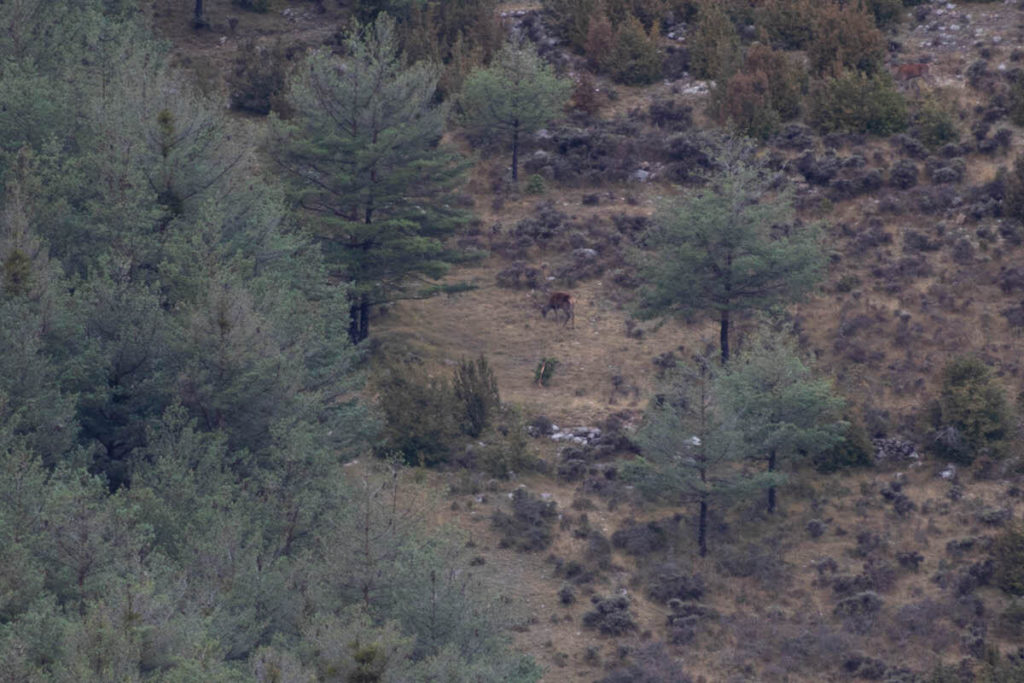
Is deer roar an ethical wildlife experience in Catalunya?
The human vs wildlife issue is a very complex one. This is only a general explanation of the situation so readers can understand how the different parks and game reserves operate currently.
With the historical human killing of wolves and bears, deer have no natural predators, making their reproduction very easy.
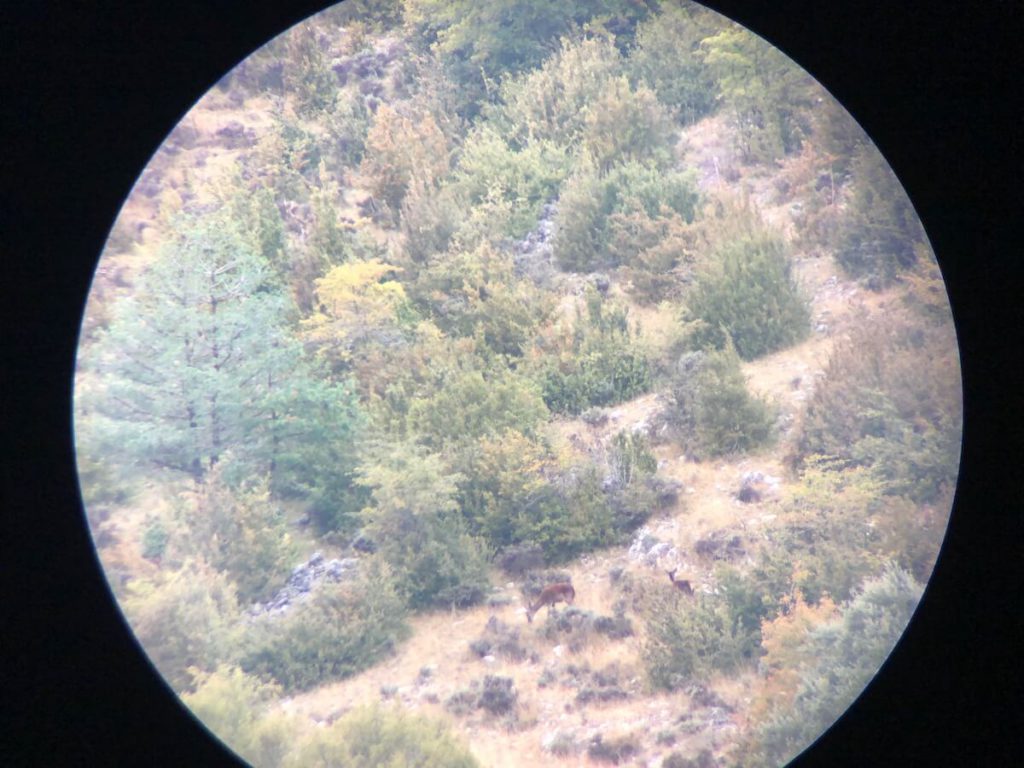
At Val d’Aran there have been bears reintroduced. The current bear vs farmers issue is a hot topic in this area, farmers are learning to understand why the reintroduction of bears is important.
Without a natural predator for deer throughout pretty much the whole Catalan territory, excluding counted specimens of reintroduced bear, game reserves have opted for controlled hunting to protect the number of deer.
Having too many deer has a huge impact on the bushes and smaller animals that feed on them. The ecosystem isn’t naturally keeping a balance without wolves and bears.
Parc Natural del Cadí-Moixeró
Serra del catllaràs
Cadí-Moixerò
Parc Nacional d’Aigüestortes i Estany de Sant Maurici
Would you like to go see the deer mating one day? Let me know in the comments.
YOU MIGHT ALSO LIKE:

